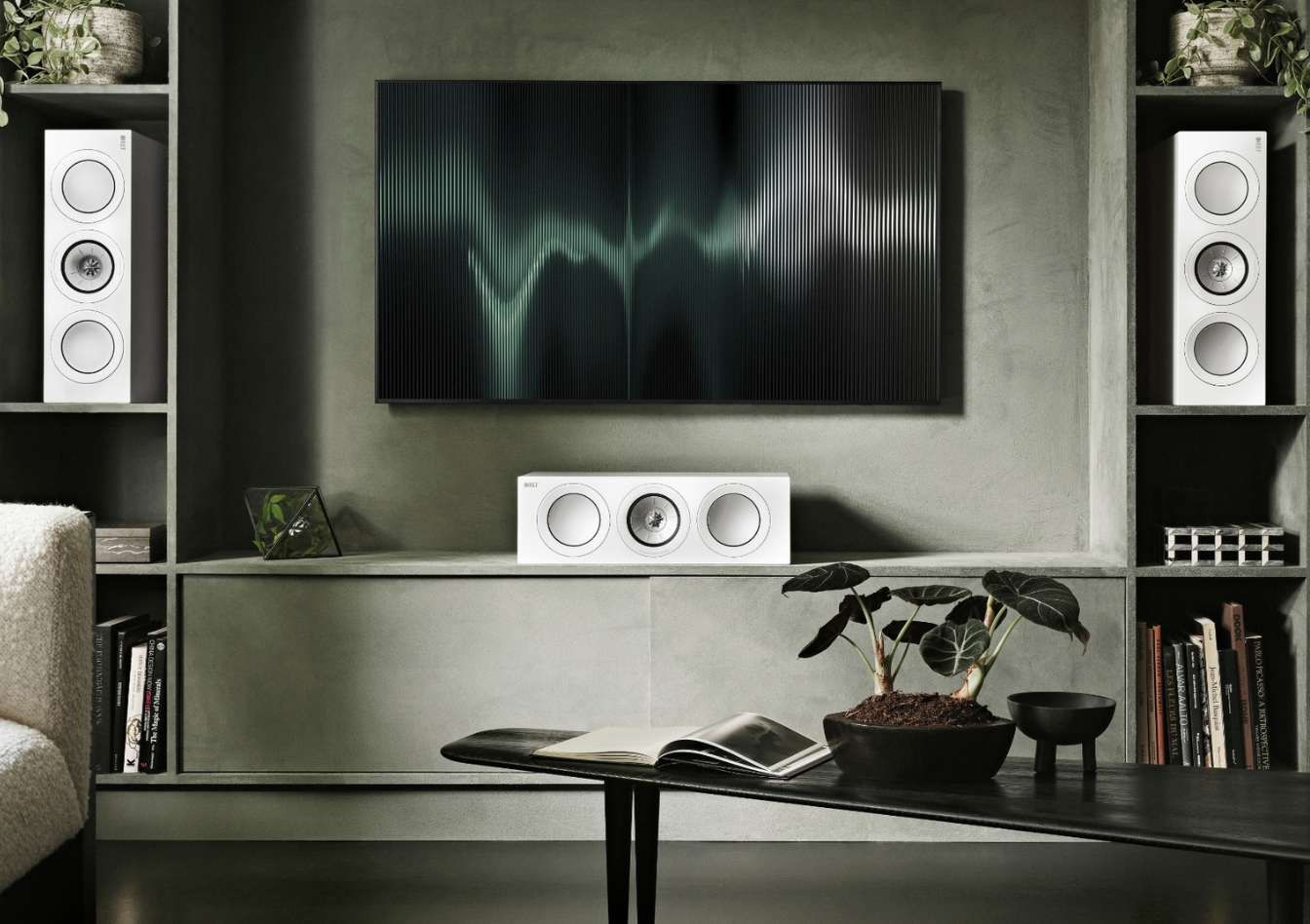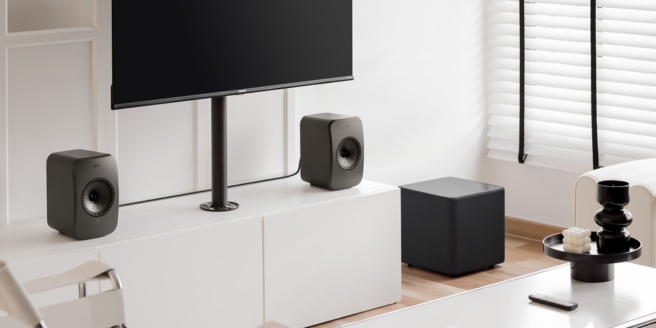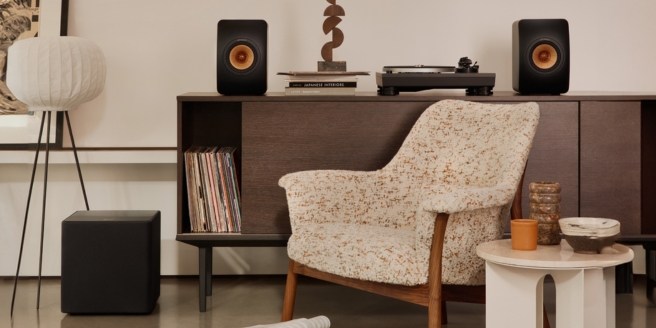In this article, we explore if high-resolution audio has the power to enhance your digital music experience with improved sound quality and cover everything you need to know about this brave new world of music.
Early Access for myKEF members
SIGN IN TO SHOPWhat Is High-Resolution Audio?
Using CD Audio (CD-A) as the baseline, hi-res audio is any audio format with a higher sampling frequency and/or bit depth than CD, which is specified at a rate greater than 44.1kHz and a linear bit depth higher than 16 bits. This means sample rates of 48kHz, 88kHz, 96kHz, or 192kHz and a bit depth of 24 or higher – surpassing other music formats.
FLAC, ALAC, AIFF, WAV, and DSD are the formats capable of storing high-resolution audio. Which hi-res audio file format you use depends on the file's compatibility with your chosen products and software.
Note: The sampling frequency is the number of audio data points recorded per unit of time, and the bitrate is the depth of that information.
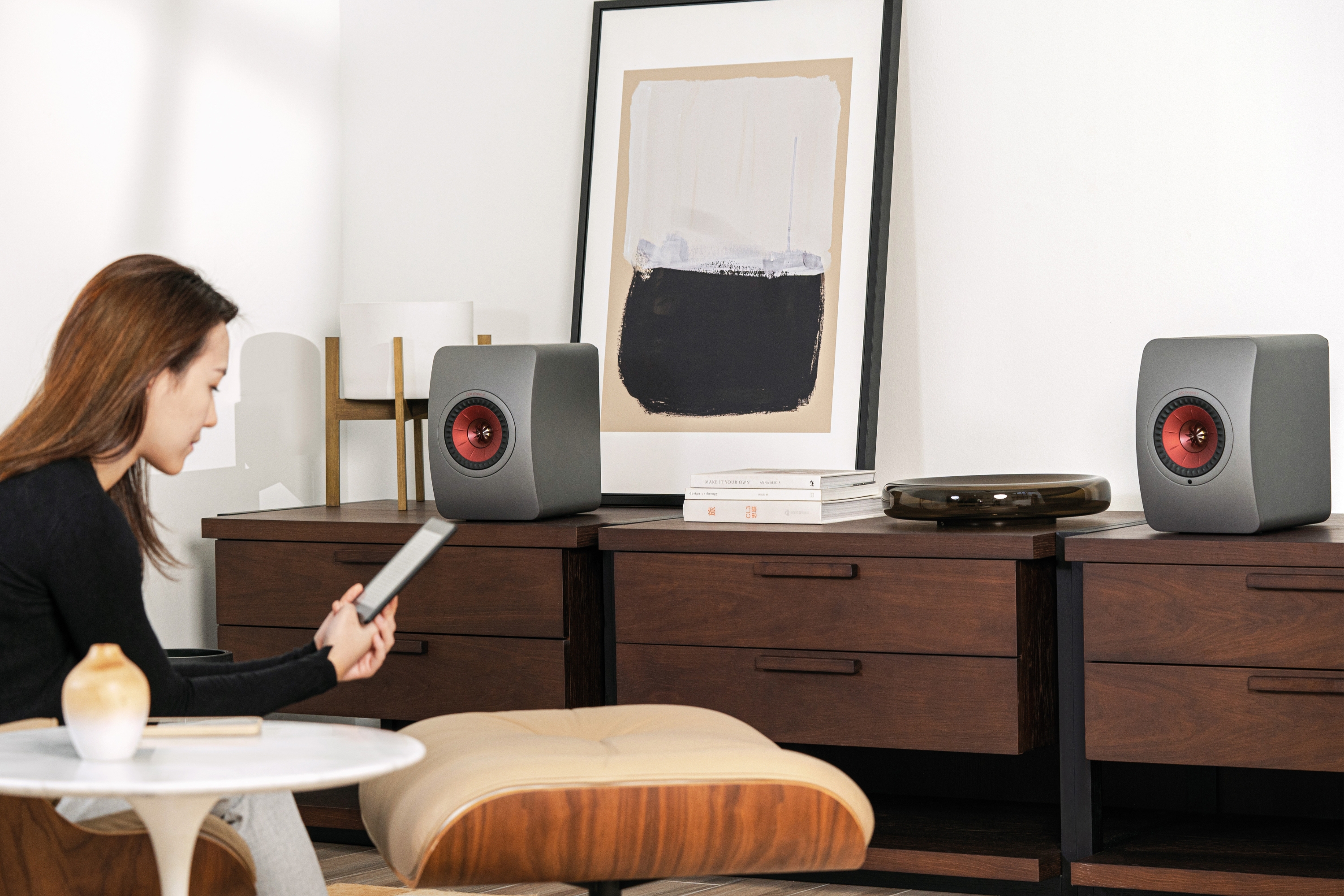
High-Resolution Audio vs Standard Audio: What’s the Difference?
The simple answer is sound quality. Do you like to blast your favourite rock ballads at high volume? Then you’ll prefer hi-res with its clear tone across all volume ranges, rather than CD and MP3 formats that distort at higher volumes.
Here’s a quick breakdown of this difference in sound:
• Bit depth and sample rate: Hi-res audio’s higher bit depth means better dynamic range (more volume levels and less noise), and the higher sample rate captures more detail in the sound wave.
• Compression and file format: Lossy formats (MP3) remove audio details to reduce file size, while lossless (hi-res) preserves all original data. Compressed audio can result in softer bass and weak mid and high-pitched sounds.
High-resolution audio is the answer for bass that packs a punch and clear high-pitched sounds. It will feel like your ultimate music hero is jamming alongside you, bringing you closer to the music.
How to Experience High-Resolution Audio at Home
Nothing can beat putting your feet up on the sofa after a long day and playing your favourite album with a well-deserved drink. To enhance the experience further, hi-res audio rewards you with more detail, clarity, and emotion from your music.
Fortunately, there's a huge variety of products that can play hi-res audio from the comfort of your own home:
• Smartphones: Increasingly support hi-res playback, but always check the bitrate support. iPhones support a maximum 24-bit/48kHz output via the USB-C/Lightning-to-3.5mm adaptors for wired headphones. Most new Android models support hi-res outputs.
• Portable music players: There are now many dedicated portable hi-res music players, including Sony Walkmans, FiiOs, and Astell & Kerns.
• Desktop: Windows and Mac laptops are great for storing and playing hi-res music. Check the software you use to play music also supports hi-res playback.
• Wireless speakers: Most high-end wireless speakers now support hi-res audio.
• Music streamers: Pretty much all HiFi electronics capable of streaming support hi-res audio.
• Headphones and earphones: The vast majority of market-leading headphones support hi-res audio, including wired and wireless options.
Streaming Services and High-Resolution Audio
If you prefer streaming when listening to your favourite tunes, several streaming services offer hi-res audio.
• TIDAL: This is best for audiophiles who want hi-res streaming with device compatibility. It has a huge library and offers TIDAL Connect for direct playback on compatible devices. FLAC (up to 24-bit/192kHz).
• Qobuz is best for lossless high-res lovers and audiophiles who buy music or just want high-res streaming. It offers the option to purchase high-res albums and generous discounts from its high-res download store. FLAC (up to 24-bit/192kHz).
• Amazon Music is best for Amazon users who want lossless music without a premium price. It offers intuitive apps and an extensive high-res library. FLAC (up to 24-bit/192kHz).
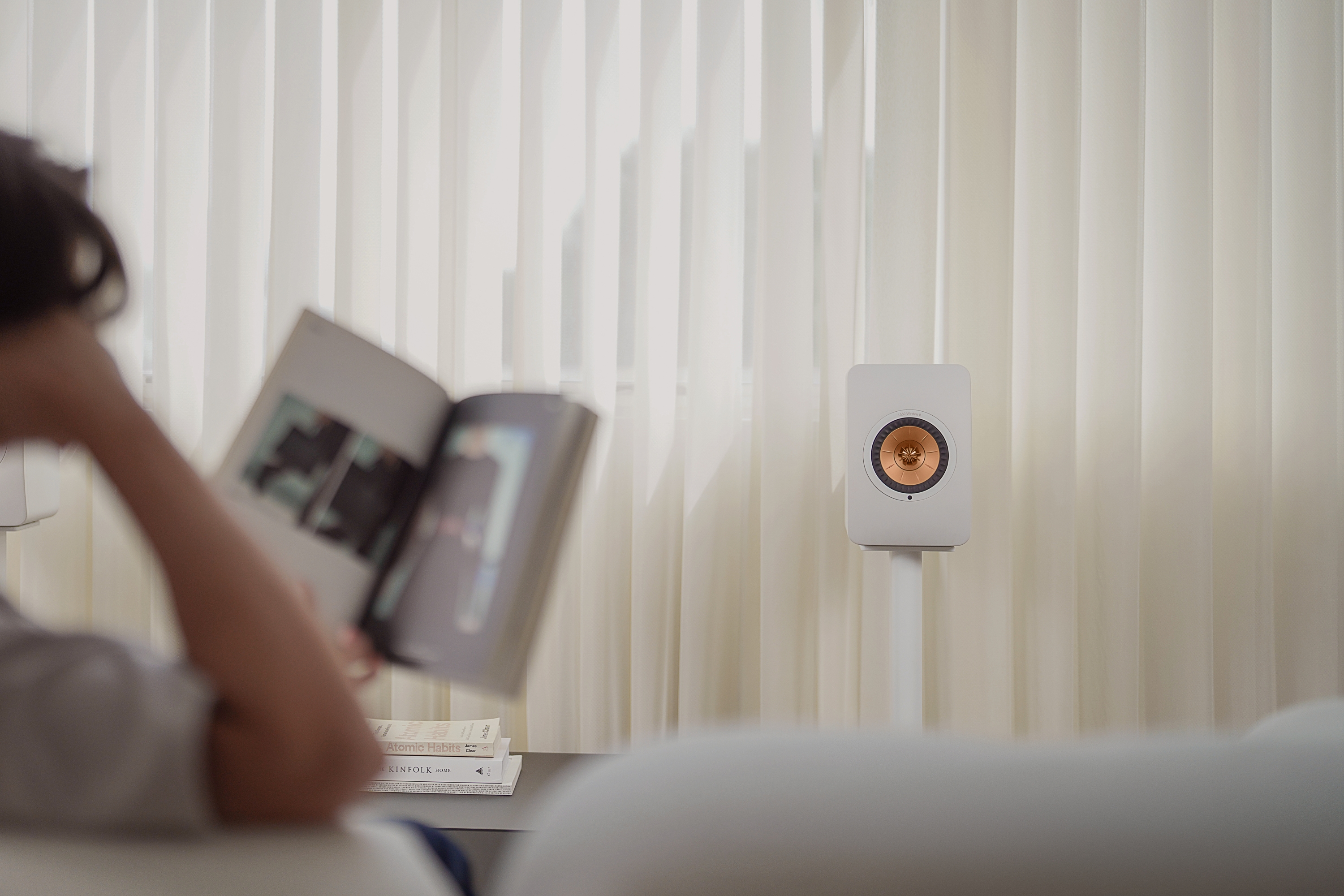
Benefits of High-Resolution Audio for Audiophiles
So, now we’ve explored some of the finer details of hi-res audio, it’s time to cut through the noise with a stripped-back list of its main benefits. If you’re an audiophile, here’s why you should take the leap to hi-res audio:
• Improved sound quality: More detail is captured thanks to a higher bitrate and sample rate.
• More depth and clarity: Instruments and vocals come to life, replicating that studio recording sound.
• Less compression: Less audio data is lost compared to MP3 and standard audio.
• Wider dynamic range: Clearer sound across all volume ranges, whether you’re unwinding to soft jazz or rocking out to heavy metal.
• Supports higher frequencies: Captures details beyond CD quality – frequencies of 44.1kHz and higher.
• Partners with high-end gadgets: Audiophiles can get the most out of their state-of-the-art gear, improving the sound from headphones, DACs, and speakers.
• Enhanced listening experience: Enjoy music how artists intended.
Is High-Resolution Audio Worth It for Everyday Listening?
Still need convincing? Ultimately, whether hi-res audio is worth it depends on how you listen to your music and how seriously you take it.
If you use high-quality audio equipment and want to achieve the best possible sound, high-resolution audio is an absolute must.
If you use basic gear and are more than happy with standard quality, you may not notice much difference or appreciate the change in sound.
Verdict: If you have the right set-up and fancy yourself as a music enthusiast, switching to high-resolution audio is a no-brainer.
And the best way to enjoy high-res sound? It has to be through a KEF HiFi speaker.
